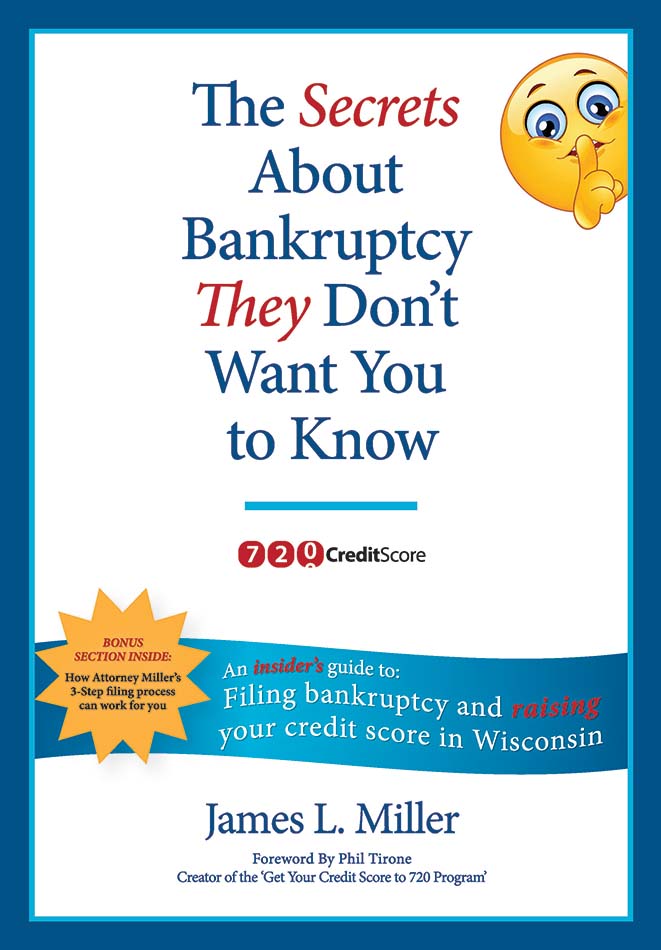We’ve been looking in recent posts at some of the specifics of Chapter 12 bankruptcy requirements. Here, we wanted to provide a general overview of the process. The first step in the process is to file a petition, including forms detailing assets and liabilities, current income and expenditures, executor contracts and unexpired leases, and a statement of financial affairs.
To do so, the debtor needs to provide the court with: a list of all creditors and the amounts and nature of the claims; the source, amount and frequency of the debtor’s income; a list of all the debtor’s property; and a list of the debtor’s monthly farming and living expenses. After the petition is filed, a trustee is appointed to administer the case by evaluating the information sent to the bankruptcy court and collecting payments from the debtor and distributing them to creditors.
As in other forms of bankruptcy, a Chapter 12 petition triggers an automatic stay on debt collection actions against the debtor, with certain exceptions. Typically within a month of the petition filing, a meeting is held with creditors in which the debtor proposes a repayment plan and answers questions and addressing issues creditors may have. A repayment plan must be finalized and filed with the court within 90 days of filing the petition. The plan involves fixed payments to the trustee, which are disbursed to creditors on a priority basis. The repayment period typically runs from three to five years. The plan then must be approved by the court after any objections have been dealt with.
When the repayment plan is completed, the debtor will usually be able to receive a discharge. The discharge does not apply to certain types of debts, though some of those debts may qualify for a so-called hardship discharge.
In any bankruptcy filing, of course, it is critical to work with an experienced advocate who understands the process and who can zealously represent the debtor’s interests before the court. Working with an experienced advocate ensures that the process will go as smoothly as possible and that problems that arise are effectively dealt handled.

